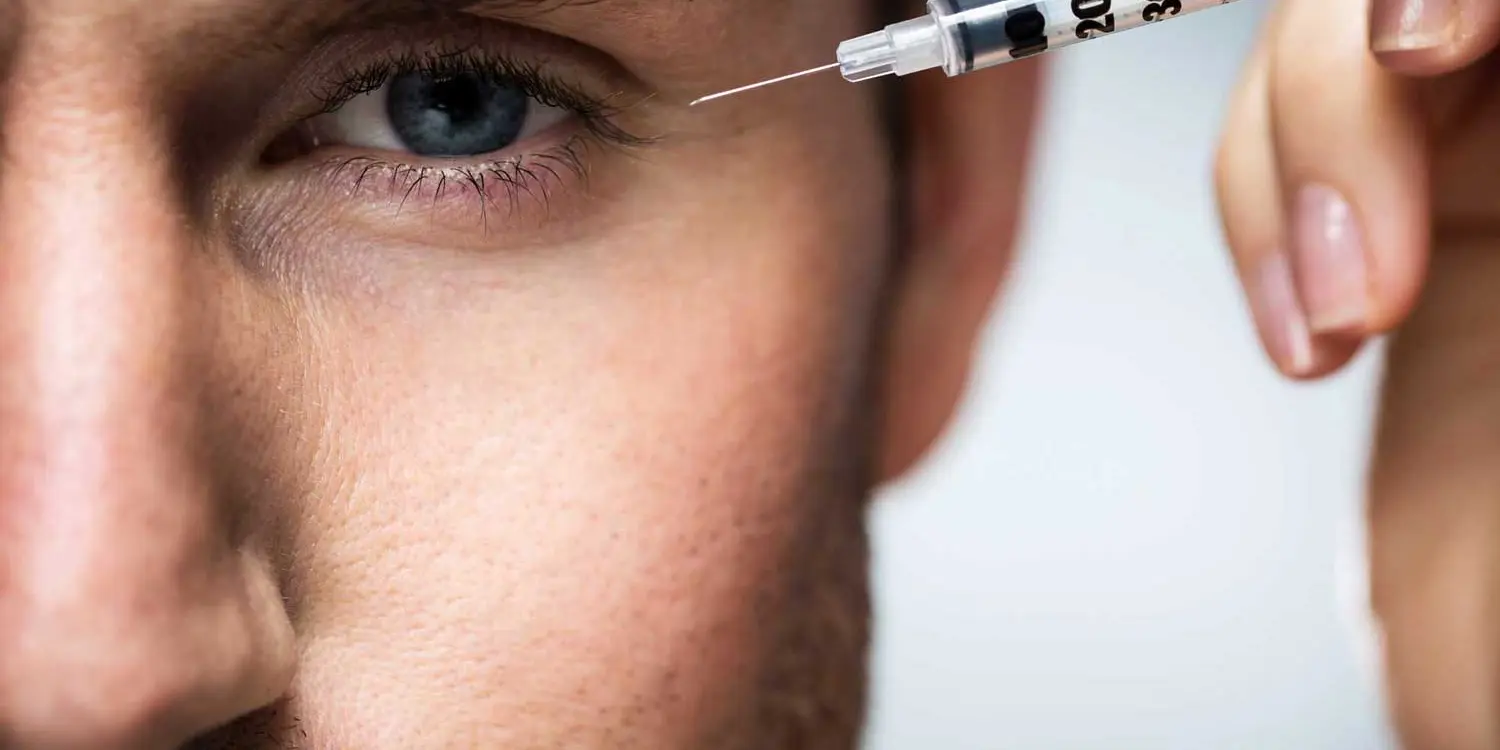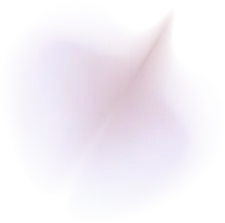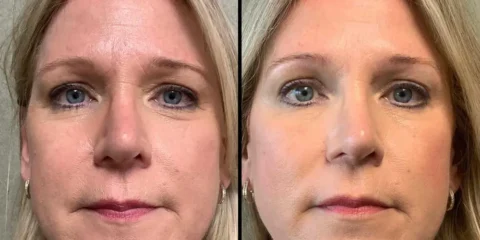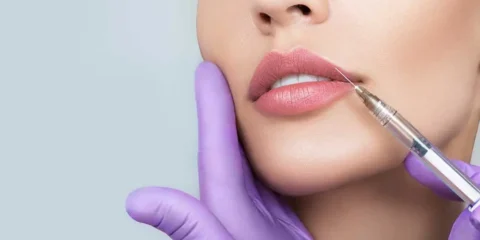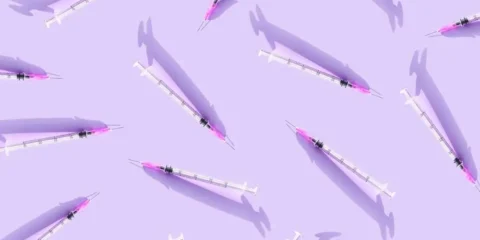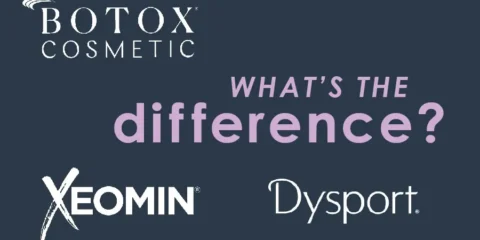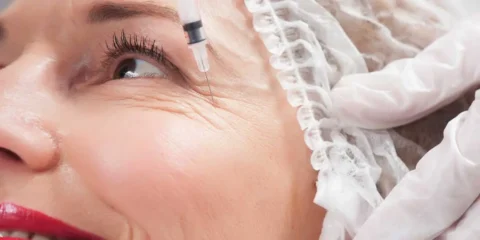Why does Botox® become less effective or ineffective in some people over time and what can I do to prevent it?
Botox® is known as a neurotoxin, specifically “onabotulinumtoxinA” that binds to the endplates of nerve fibers and blocks the connection to muscles. By binding and blocking this communication, muscle activity decreases or ceases.
For cosmetic Botox®, the purpose is to reduce lines and wrinkles that are caused by over developed muscles of facial expression, or to alter the position of the brow (“Botox® brow lift”). Medical use of Botox® exceeds cosmetic use, for conditions including limb muscle spasticity, migraines, eye spasm, excess sweating, and drooling.
Why can Botox® become less effective over time?
The neurotoxin that is Botox® binds to the nerve, but there are also inactive proteins that are attached to the neurotoxin that is Botox®. It is these inactive proteins (often called NAPS for Nontoxic Neurotoxin Associated Proteins) that stimulate the immune system to create antibodies.
When antibodies are formed, the individual becomes more resistant to the effects of Botox®, and the dose (number of units) needs to be increased, and eventually in some individuals, the Botox® becomes no longer effective.Over a few years, the antibodies decline and Botox® can become useful again.
Why does Botox® have non toxin (essentially useless) proteins in the first place?
In the 80s, when Botox® first became widely accepted, the product was produced by the bacterium Clostridium botulinum which is a naturally occurring toxin producing germ in the soil. The proteins that are the problem here were designed to protect the toxin from being broken down in the gut when consumed by a person or animal, and aides in allowing the toxin to enter the victim’s bloodstream.
The original version of Botox® had much more associated proteins than the current version, so antibody caused resistance was more common until it was re formulated in 1997 to have less associated non toxic proteins.
The incidence of antibody resistance to Botox® making it less effective is not clear, but the incidence of Botox® failures due to strong antibody response is anywhere from 0.5%-6%.
Not to make this more confusing, but to help you understand this antibody response further, there are 2 types of antibodies against Botox® that are known. Neutralizing and non neutralizing antibodies.
The neutralizing antibodies are antibodies that blunt or block the effect of the toxin (so less or loss of response to Botox®).The non neutralizing antibodies only attack the proteins and do not alter the effectiveness of Botox®.
What is clear is that the amount of non toxin associated proteins is directly correlated to the likelihood of development of neutralizing antibodies. When the manufacturer of Botox® reduced the amount of associated proteins, the development of antibodies, and hence the incidence of treatment failures reduced substantially.
So why not eliminate the associated proteins altogether?
Well, that has happened. Xeomin®® (icobotulinumtoxinA) was created in a way that allows it to be made with no inactive associated proteins. Xeomin® contains only the neurotoxin and is essentially exactly like Botox® from a toxin standpoint, without the associated antibody stimulating proteins.
Resistance to Xeomin® is much less likely to ever occur with Xeomin® vs the other commercially available toxins due to the lack of associated proteins. It is often referred to as “naked Botox®”. In clinical studies, Xeomin® functions identically to Botox® (unit for unit) except that it has a quicker onset of action and slightly more duration of effects.
When resistance to Botox® has occurred, it has been shown that giving some time for antibodies to fade followed by treatment with Xeomin® is successful without recurrent antibody formation.
Duration:
Botox® or Xeomin® last about 3-4 months at standard dosage. Xeomin® sets in about 2 days faster than Botox®, and lasts about 10-14 days longer. Additionally, Xeomin® has a clear dose/duration effect.20U of Xeomin® for the glabella (lines between the eyes or the 11’s) lasts on average 120 days (4 months).60U for the same area lasts on average 6 months, and 100U lasts on average 9 months. This advantage means that if you use more Xeomin®, there are no “wasted” units, it will just last longer.
Timeline:
- Botox® gets FDA approval in 1989 for eye conditions.
- 1997 Botox® was re formulated to have less antibody stimulating associated proteins
- 2002 Botox® receives FDA approval for cosmetic uses (wrinkles)
- 2009 Dysport® receives FDA approval (another neurotoxin that contains antibody stimulating proteins similar to Botox®)
- 2010 Xeomin® receives FDA approval
- 2012 Allergan (Botox® manufacturer) successfully sues the maker of Xeomin® in the USA and blocks the sale of the product.
- 2013 Xeomin® is again allowed to be sold in the USA.
References:
Efective long‑term treatment with incobotulinumtoxin (Xeomin®®) without neutralizing antibody induction: a monocentric, cross‑sectional study.Hefter et al.Journal of Neurology (2020) 267:1340–1347
Immunogenicity of botulinum toxins. Naumann et al.J Neural Transm (2013) 120:275–290
Immunogenicity Associated with Botulinum Toxin Treatment.Bellows et al.Toxins 2019, 11, 491; doi:10.3390/toxins11090491
Resistance to botulinum toxins in aesthetics.Sebastian Torres Farr DOI: 10.5772/intechopen.70851 (text book)
Neutralizing antibodies to botulinum neurotoxin type A in aesthetic medicine Clinical, Cosmetic and Investigational Dermatology 2014:7 11–17. Torres et al
Antibody-induced failure of botulinum toxin therapy: re-start with low-antigenicity drugs offers a new treatment opportunity.Journal of Neural Transmission
https://doi.org/10.1007/s00702-018-1911-3.Dressler et al.
A Double-Blind, Randomized Clinical Trial to Determine Effects of Increasing Doses and Dose-ResponseRelationship of IncobotulinumtoxinA in the Treatment of Glabellar Rhytids. Aesth Surg Journal, July 2020 Polacco et al

